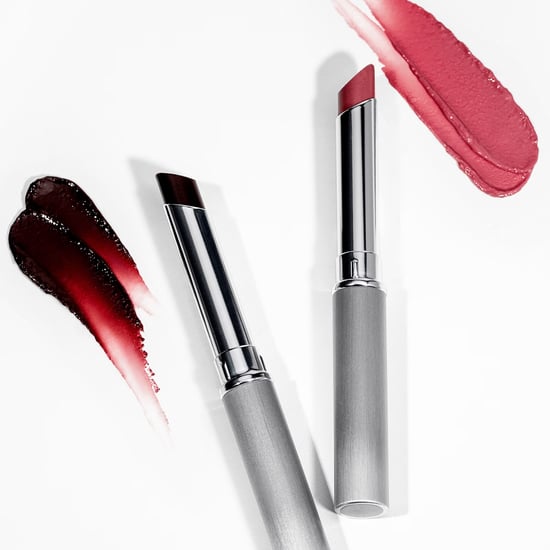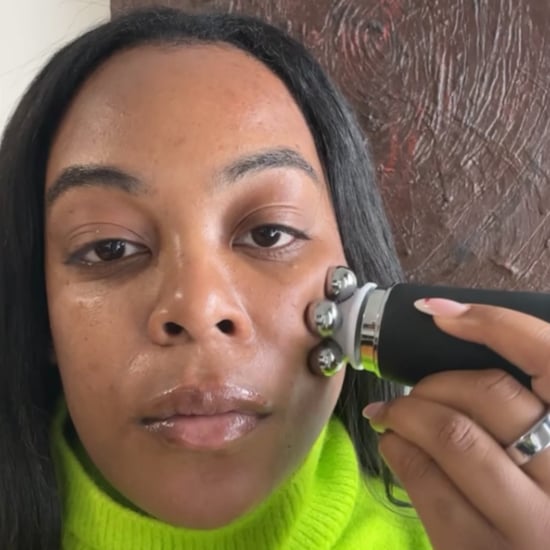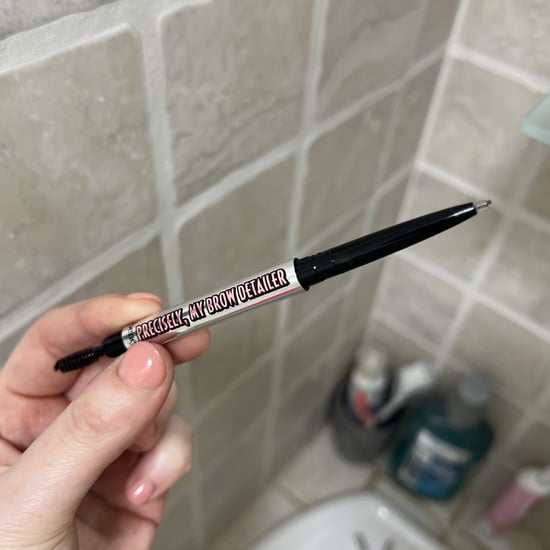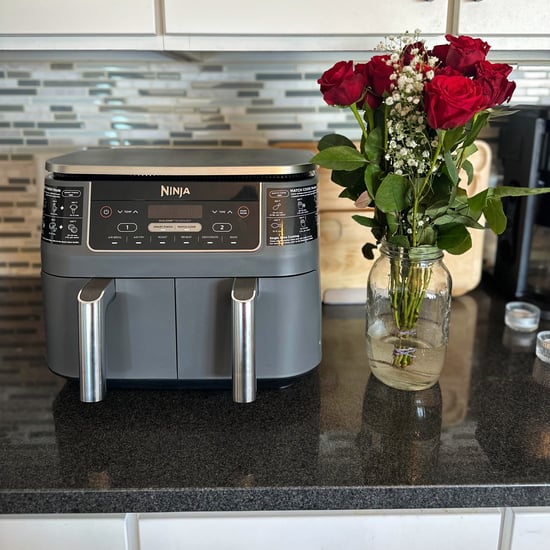DNA Fit Review
What I Learned When I Put My Genes in Charge of My Diet and Fitness Regimen
 Image Source: POPSUGAR Photography / Diggy Lloyd
Image Source: POPSUGAR Photography / Diggy Lloyd
Product Credits: Outdoor Voices top and leggings.
I've always been fascinated by the idea that you can eat to suit your genes, but I've also been fairly sceptical about the science (can a genetic test really tell you how much broccoli you should be eating?). So, when the opportunity came up to try DNAfit, a service that aims to understand your DNA to help you meet your fitness and health goals, I was intrigued. But I also wanted to know more, so before trying out the test for myself, I reached out to three experts for their opinions.
"It's a fascinating area of research that is updating quickly," Jo Travers, registered dietitian and author of the Low Fad Diet, told me. "At the moment, we have a situation where we are applying a lot of public health advice to everyone, when it may not be necessary for everyone to follow it." Paula Simpson, biochemist and nutrition expert who has also written a book titled Good Bacteria and Healthy Skin, agreed. "I do think this will be more commonly implemented into health, fitness, and dietary guidelines and regimens for individuals," she explained. However, not everyone was quite as confident in the tests that are currently on the market. Rob Hobson, nutritionist and author of the Detox Kitchen Bible, agreed that there was enormous potential for nutrigenomics, but he did also warn that the industry "took a big hit [when a] large study suggested, of the 38 genes available in commercial nutrigenomics tests there was no significant association in any of them."
Hmm, so the jury was still out . . . . which was even more reason to try it out for myself. DNAfit had caught my eye for two reasons: I like that it addressed not only your diet but also the way you work out (since my Uni days I've pretty much religiously stuck to 45-minute Body Pump sessions, so I was curious to find out what would happen if I was told to switch things up), and I also liked the fact that they had teamed up with the restaurant and food delivery service Vita Mojo — because, let's face it, meal prep is not always an option when you're on the go!
How It Works
I signed up and received my test — a saliva swab — in the post.
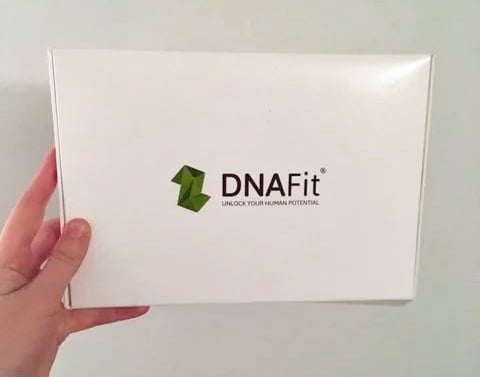 Image Source: Rhiannon McGregor
Image Source: Rhiannon McGregor
Eight working days later, an email landed in my inbox telling me my results were ready, so I downloaded the app and got started.
My DNA scores were broken down into two sections; a nutrition and a fitness report. I was recommended a low-carb diet (which — as the app explicitly told me — by no means meant I should cut out all carbs; instead, it was 25% protein, 35% fat, 15% starch and 25% fibre) and told to avoid drinking more than one to two cups of tea or coffee a day, increase my antioxidant and Omega-3 intake, pop some more cruciferous veggies into my shopping basket — broccoli, cauliflower, cabbage, and sprouts were all included — and keep my salt intake down. It all seemed pretty doable, and to be honest not too different from my usual diet. I was also told that my response to alcohol was positive — hallelujah — although of course this was to be consumed in moderation.
Moving onto my fitness profile, things seemed slightly more disparaging. My potential for exercise recovery was "slow," my injury predisposition "high," and my aerobic potential "medium." Great.
A big part of the DNAfit experience, however, is a consultation with one of its experts, who runs you through exactly what your results mean. I was contacted by middle distance runner Tom Lancashire who broke down each section of both reports. Interestingly, my results were saying that I had more genes suited to endurance training than power, so in order to train to my full potential, I should apparently be doing two low-intensity training sessions to every high-intensity power training session.
The First Thing I Learned: Turns Out I Am a Runner
I genuinely had never run more than a mile when I started out (cross-country wasn't a thing at my school), so I decided the best benchmark to test my fitness at the end of three months and align my training with my endurance-tailored genes was to sign up for a 10K.
Following Lancashire's advice, I trained by doing two low-intensity runs, one home from work and the other at the weekend, and one HIIT class a week. It was a struggle at first, but I started to genuinely enjoy going on long runs. Who knows if that was my genes though, or if I'd just never given myself the chance before. When the 10K race rolled around, I have to say I did surprise myself by managing it in 56 minutes and 41 seconds. Read into that what you will.
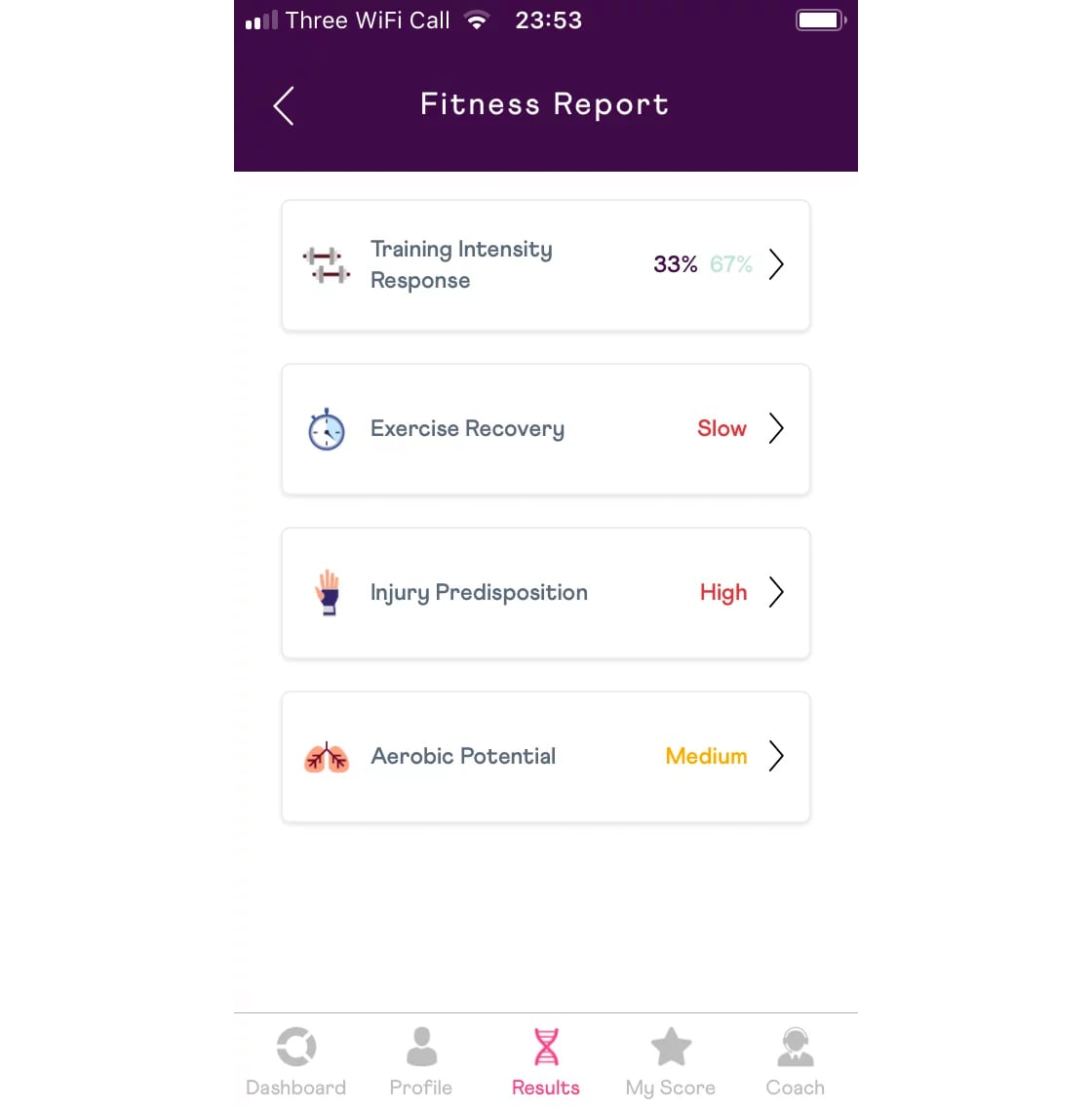
Image Source: DNA Fit
My Second DNA Lesson: Eating According to Your Genes Is Not Dieting
The main changes I made to my diet during this trial were upping my oily fish consumption (mostly variations on salmon), incorporating a lot more berries into my diet (they're rich in antioxidants), and reducing my carb intake. When I was younger, I had previously tried a no-carb diet, which lasted for about a week, and I'd felt miserable the whole time. This more balanced approach was much easier and did seem to make me feel less bloated and less likely to snack. My weight stayed pretty much the same throughout the three months (I lost 0.2 kg), but as Hobson points out: "the main goal of this type of science is about disease risk, so I would say the positives are focused more on this than weight loss."
It's also pretty obvious when you use the DNAfit meal planner app that it's not really about cutting calories per se. The meal templates are tailored to your results — although one particular salmon and pasta dish did keep cropping up, which didn't seem particularly "low carb" but was delicious.
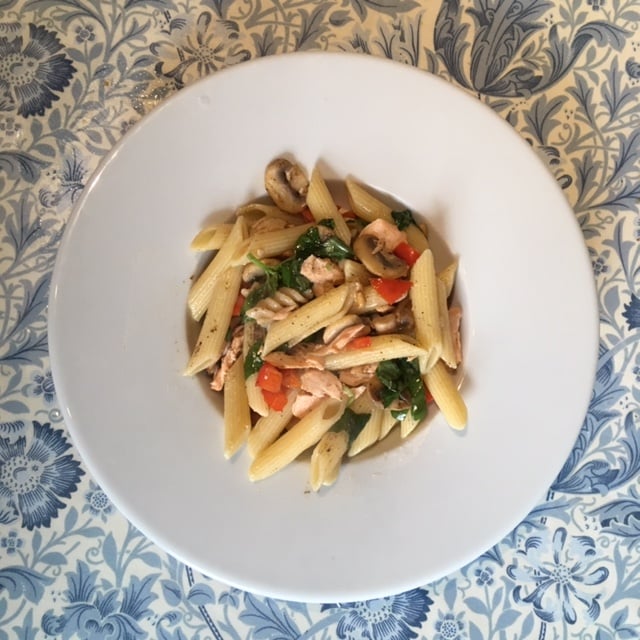
My Final Lesson: You Can Still Eat Out When You're Eating to Suit Your Genes
One of the first things I did when I got my results was link my DNAfit profile to my Vita Mojo account, so that on days when I didn't get around to packing lunch, I could go there instead. You can build your own meal from scratch, and the app offers recommendations on which ingredients are best for you. That said, Vita Mojo is not really somewhere you could go for dinner with friends, and I do think if nutrigenomics is going to move into the mainstream, restaurants are going to be instrumental in making that happen. I'm certainly not going to be following a meal-plan template religiously for the rest of my life.
All in all, I would say my experience of DNAfit was positive but inconclusive. There's still something really interesting about nutrigenomics; it's got a lot of nutritionists excited, and I personally did feel better for having tried it. But until we have further proof that there's some real science behind the hype, it's really a question of whether you want to fork out £129 to £165 on something that — for now — could just be a placebo.


